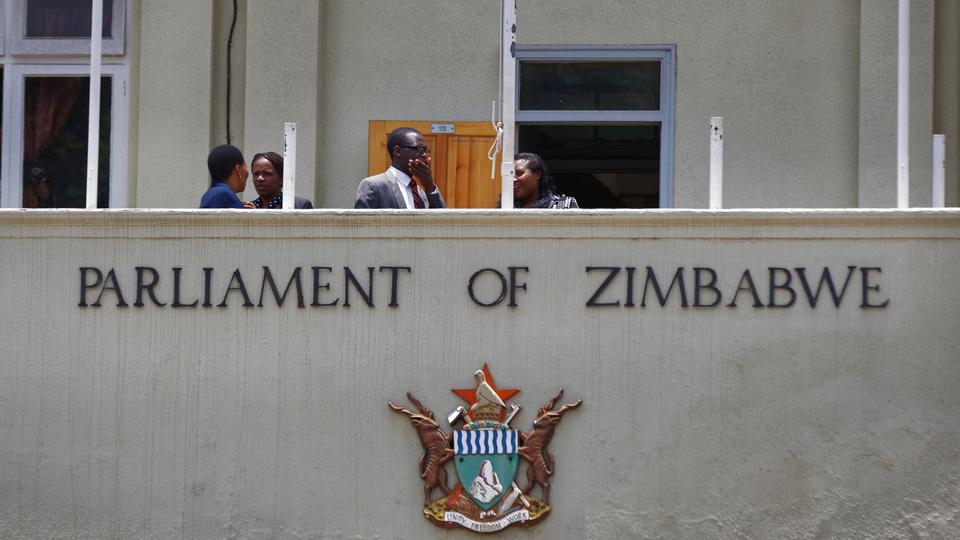
BY FIDELITY MHLANGA
A PROFESSIONAL accountants’ body has raised the red flag over factoring blended inflation data during the preparation of statements, saying firms pursuing this model risked distorting their organisations’ state of affairs.
The Institute of Chartered Accountants of Zimbabwe (Icaz) became the latest body to raise concerns over blended inflation data after several organisations slammed government for pursuing this strategy.
Icaz’s call for sanity is likely to move authorities to review the way inflation data will be treated in future as it is one of the most specialised organisations which advises both companies and government on trends in the accounting profession.
In August, the Zimbabwe National Statistics Agency (ZimStat) announced that government will be publishing blended inflation and Consumer Price Index (CPI) data.
Under the system, authorities blend the inflation rate for Zimdollar and US dollar-quoted prices.
This model is in line with Statutory Instrument 185 of 2020, which gave firms the greenlight to quote and sell goods and services in both the US dollar and the Zimbabwe dollar.
“Selection and use of the general price index in the restatement of financial statements in accordance with (International Accounting Standard) IAS 29 requires the use of a general price index that reflects changes in general purchasing power,” Icaz said in a note sent to its membership, most of them chief executive officers and finance directors in Zimbabwe’s biggest companies.
- Chamisa under fire over US$120K donation
- Mavhunga puts DeMbare into Chibuku quarterfinals
- Pension funds bet on Cabora Bassa oilfields
- Councils defy govt fire tender directive
Keep Reading
“In Zimbabwe, the currency which was assessed to be in hyperinflation is the ZWL (Zimbabwe dollar). Entities that still use the ZWL as the functional currency should continue to use the ZWL CPI and not a blended CPI in the preparation of inflation adjusted financials,” said Icaz.
“Entities that see an increase in US dollar transactions over ZWL transactions will need to do an assessment of whether their functional currency has changed from ZWL to US$ in accordance with IAS 21; the effects of changes in foreign exchange rates,” said Icaz.
It said a blended inflation index was not appropriate in the preparation of inflation-adjusted financial statements as these were prepared in a particular functional currency, either the Zimbabwe dollar or the US dollar, not a blended currency.
Similarly, any inflation index should also be specific to the reporting currency, said Icaz.
It said those entities whose functional currency was the Zimbabwe dollar should continue preparing hyperinflation accounts using the Zimdollar CPI.
Last year, the Public Accountants and Auditors Board (PAAB) advised companies to apply hyperinflation reporting standard IAS 29 from July.
Companies were instructed to use both historic cost and inflation-adjusted financial figures in line with the requirements of the standard.
Before that, accountants had a torrid time in finding an index to use as authorities in July last year suspended the publication of official inflation data.
This has since been lifted.
Last week, economic analysts slammed the blended inflation model saying it was replete with distortions.
They spoke after the ZimStat said that the annual inflation rate dropped by 101 percentage points in September to close at 659, 5%, from 760% in August.
The September data contrasted sharply with a rage of price hikes that hit the market during the period, leaving experts questioning government’s sincerity in coming up with important data.
Zimbabwe National Chamber of Commerce chief executive officer Chris Mugaga last week told Standard Business (one of our sister papers) that the slowdown in the inflation rate was a result of distortions in the way the numbers were reported.
“The inflation figure is distorted,” Mugaga said.
“We would rather have US dollar inflation and Zimbabwe dollar inflation. When you blend you start understating things.
“A decline of 100 points is too much,” Mugaga said.
He said real feel inflation may be around 1 100%.
“The reality is that prices are just going up, nothing is going down especially on the food inflation side,” noted the ZNCC boss.
He said Zimbabwe’s currency was yet to stabilise as foreign currency was only available on the parallel market.
In June, Zimbabwe introduced a foreign currency auction system, which has been credited for calming the turmoil that affected the domestic currency.
“Stability of the currency is going to depend on a number of things outside the auction system. What we need for stability is fiscal accountability which relates to discipline in government spending and a good performance in the agriculture and mining sectors.”
He said a thriving manufacturing sector would play an important role in stabilising currency volatilities.
Zimbabwe’s economic outlook remained fragile, said Mugaga.











